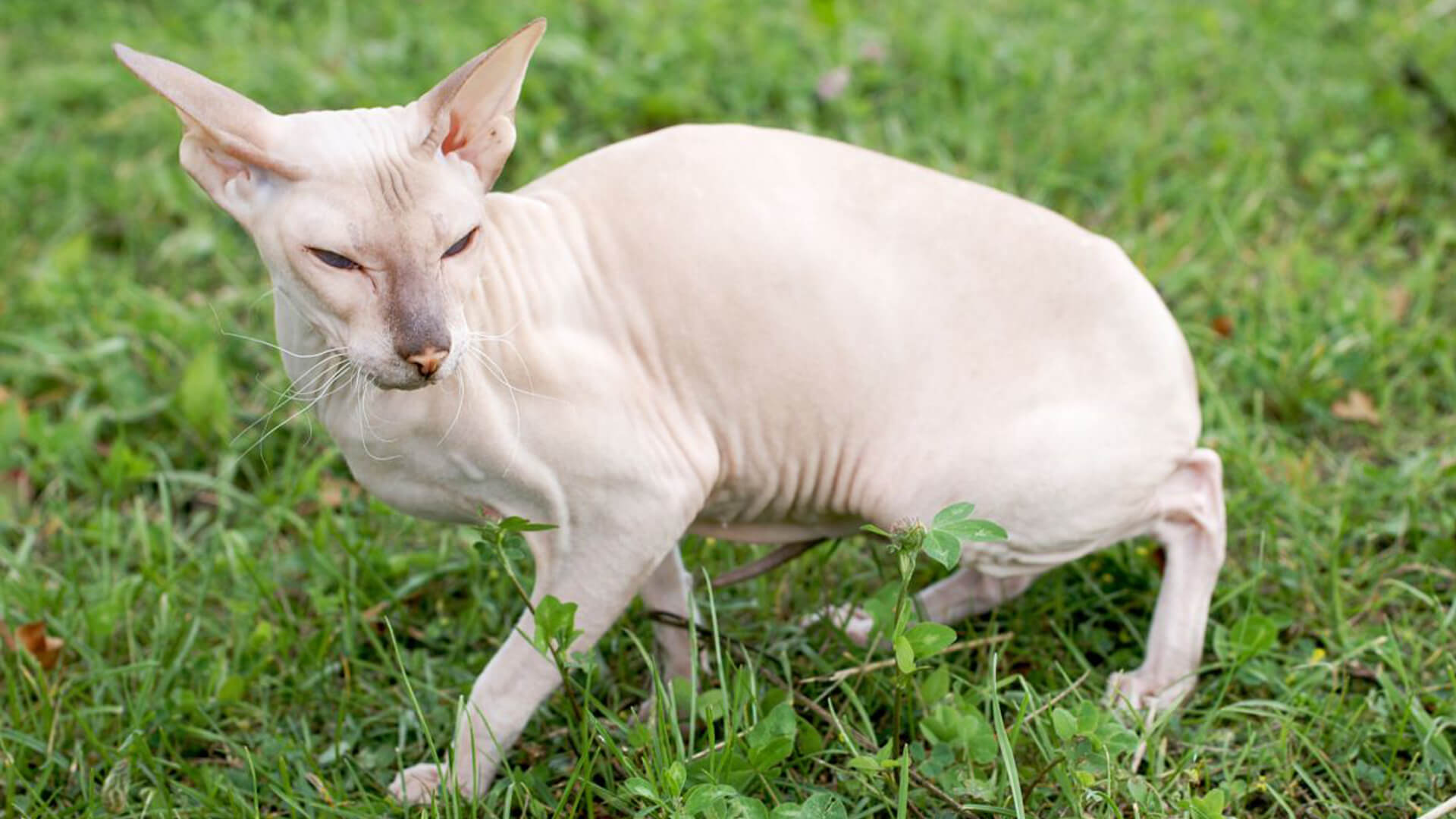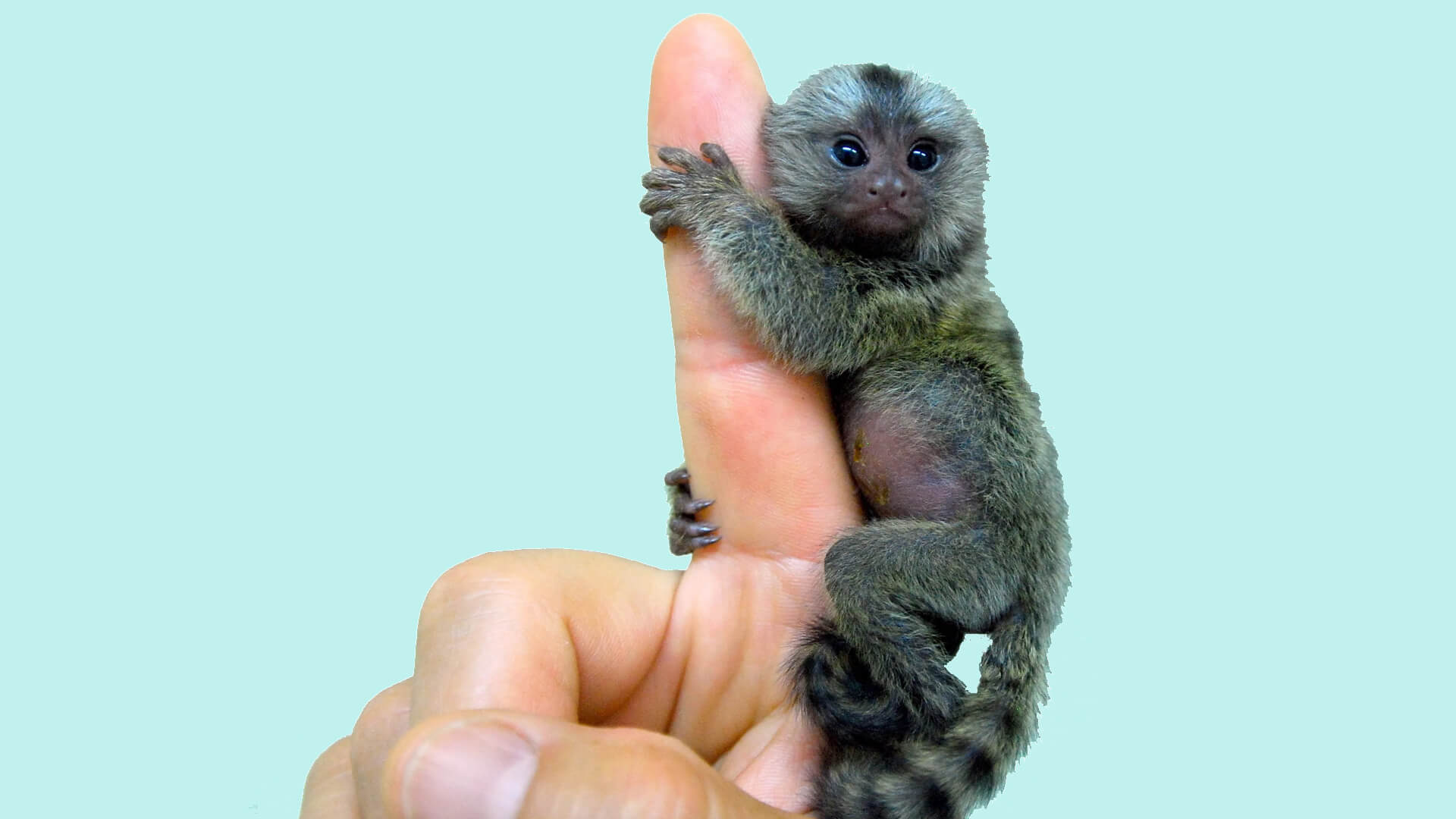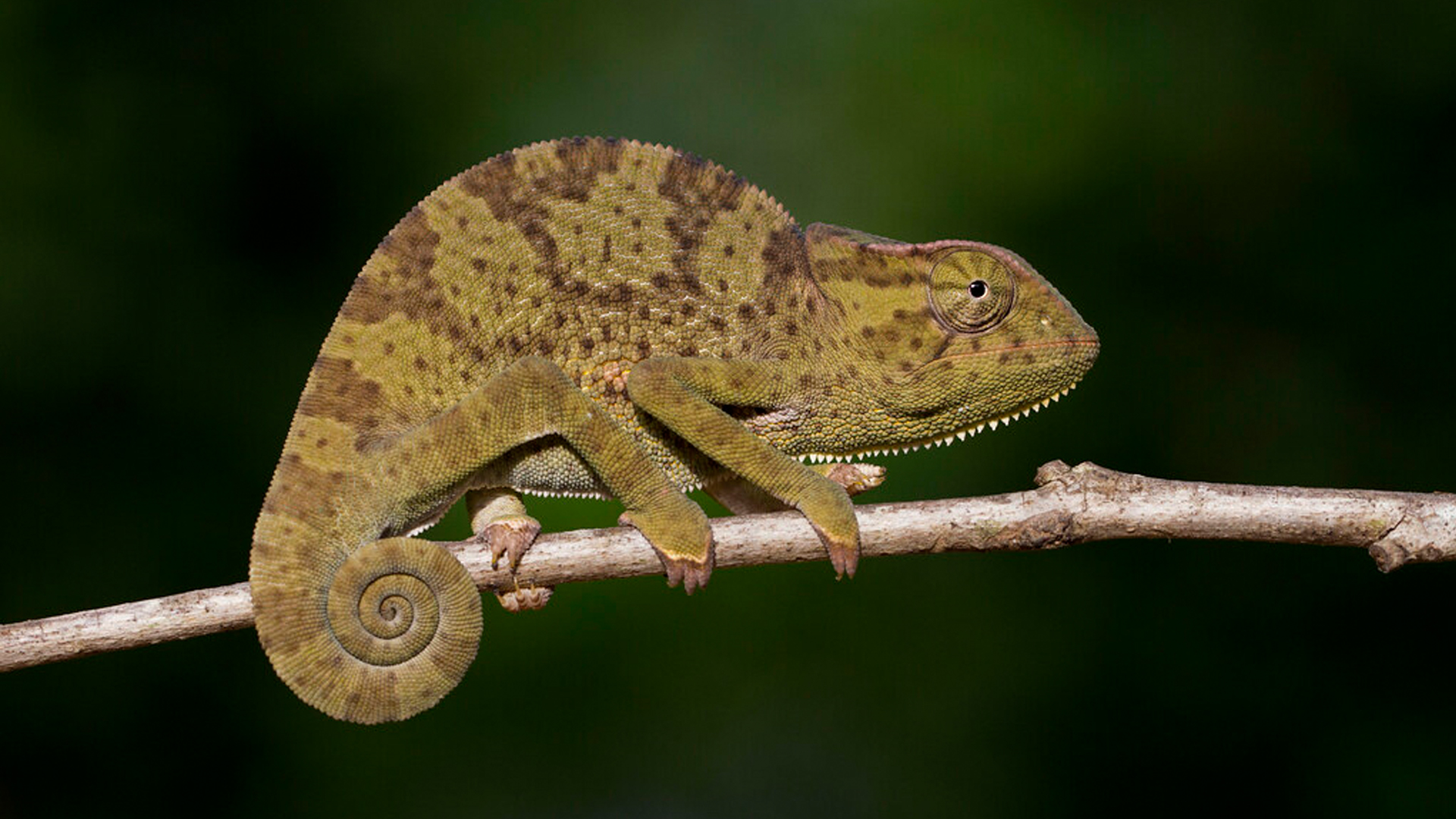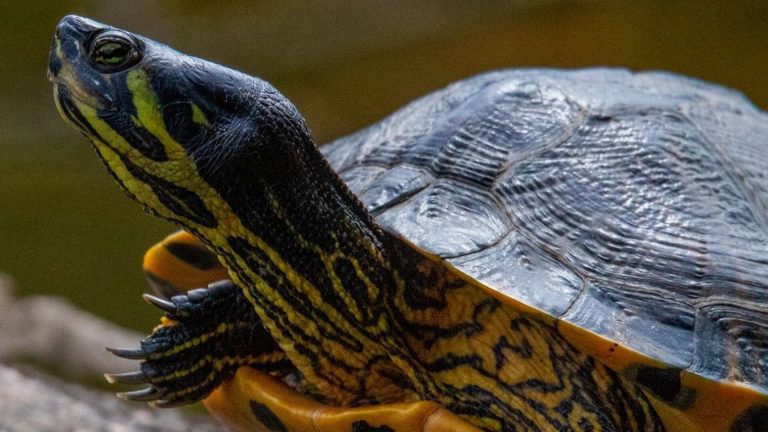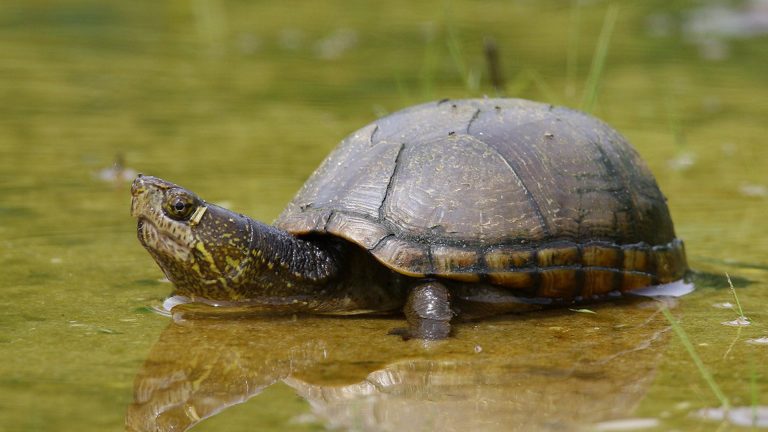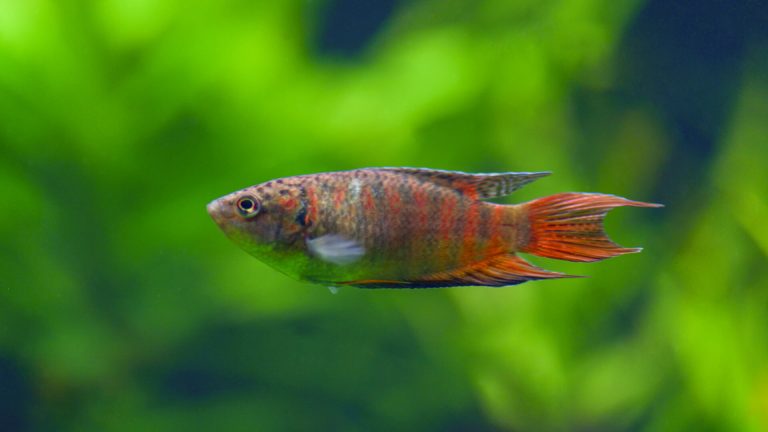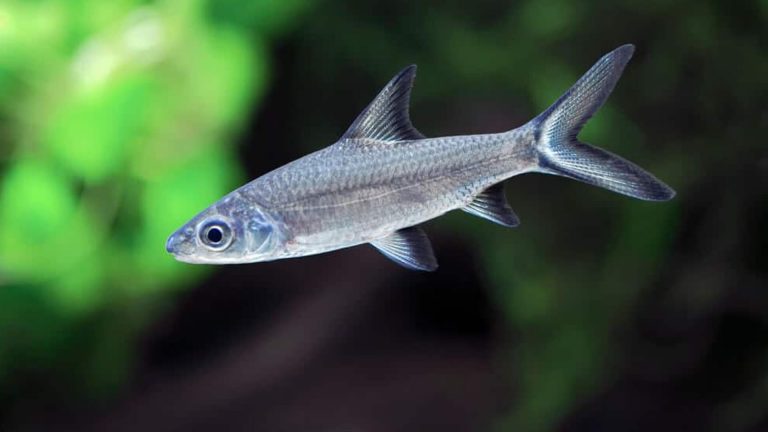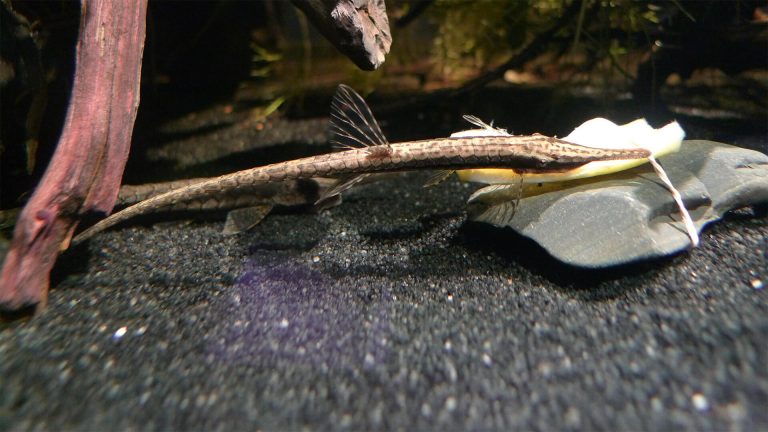The red-eared slider, scientifically known as Trachemys scripta elegans, is a freshwater turtle native to the Southern United States and Northern Mexico. It is also commonly referred to as the red-eared terrapin, slider turtle, or water slider turtle. However, it is important to note that these turtles have become invasive species in certain areas, posing a threat to native species. Red-eared sliders are popular pets worldwide and come in varying sizes, ranging from medium to large.
To ensure the health and well-being of a red-eared slider, it is crucial to provide them with a warm environment, clean water, and a proper diet. These factors contribute to their overall vitality and longevity.
Distinctive Features of Red-Eared Slider
| Scientific Name | Trachemys scripta elegans |
| Lifespan | Up to 30 years (or more) |
| Color | Green or olive shell with red markings on the sides of the head |
| Size | Up to 12 inches |
| Health Risk | Low |
| Tank Size | Minimum 80 gallons |
| Water pH | 6.0-8.0 |
| Temperature | 75-95°F (24-35°C) |
| Filtration | Strong |
| Tankmates | Mostly solitary, compatible with certain fish and turtles |
| Unique Trait | Red markings on the sides of the head |
| Famous For | Popular pet turtle |
| Temperament | Docile, but can be skittish |
| Maintenance | Moderate |
| Adaptability | Moderate |
| Behavior | Generally good, with supervision |
| Personality | Active and aquatic |
| Social | Mostly solitary |
One distinctive feature of the red-eared slider is the red stripe around its ears. These turtles are well-adapted to their semiaquatic lifestyle and can smoothly slide from rocks or logs into the water. They are strong swimmers but also have a habit of basking on land. Being cold-blooded reptiles, red-eared sliders rely on external heat sources to regulate their body temperature as they are unable to do so internally. They are poikilotherms, meaning their body temperature varies with the surrounding environment. In addition to sunlight, they seek warmth from burrows or other sheltered areas. During winter, red-eared sliders typically hibernate to survive the colder months.
Red-eared slider's protective shell consists of a top shell called the carapace, a bottom shell called the plastron, and a bridge that joins them together. The carapace can reach up to 16 inches in length and is covered with keratinous scutes, giving it a smooth and distinct pattern. These sliders do not have teeth and breathe air, despite spending time in and around water. The color of the shell changes with age, starting with a green color in young turtles and developing into a combination of brown and olive green.
Females are generally larger than males, and their appearance remains consistent with age. Turtles reach sexual maturity between 5-6 years of age, with males having longer tails and foreclaws compared to females.
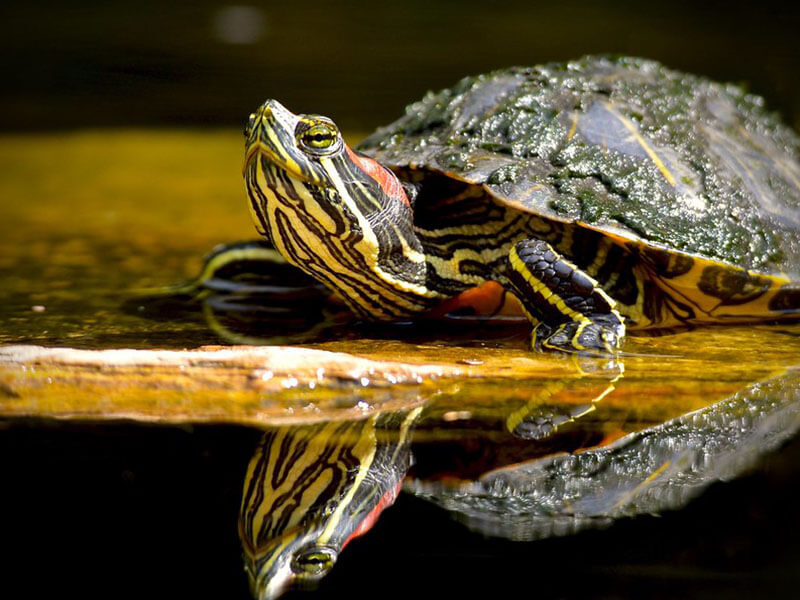
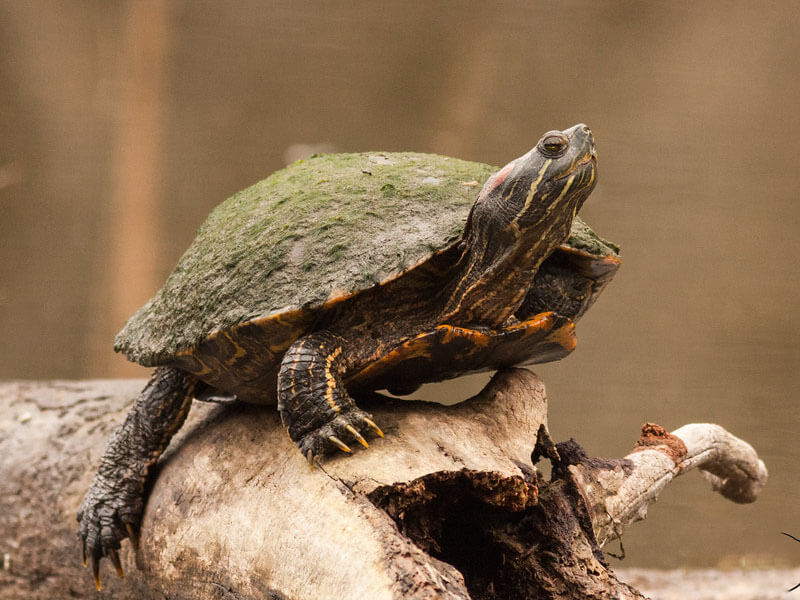
How to Take Care of Pet Red-Eared Slider?
A red-eared slider or red-eared turtle is a popular pet among people these days. To take care of this pet you must know how to set up a habitat and what to feed this little creature.
How to Setup Habitat for Red Eared-Slider Pet?
Red Eared Slider will require a larger tank with a capacity of 80-100 gallons of water. The tank should provide enough space for the turtle to move around and have a designated area for basking. Keeping the tank clean is important since turtles drink the water they live in. The substrate should consist of large pieces of slate, gravel, and rocks that the turtle cannot ingest. A shallow area in the tank allows the turtle to rest with its neck exposed to the air.
Maintaining the right temperature is crucial. The warm end of the tank should be around 95 degrees F, while the basking area should be around 75 degrees F. Basking bulbs and submersible heaters can be used as heat sources, and UVB rays should be provided for 10-12 hours a day. Adult turtles should be housed alone and different turtle species should not be kept together.
Creating a natural environment in the tank involves providing warmth, water for swimming, and a dry, warm area for basking. The tank should have a sloped gravel substrate leading to the dry area, and a stable platform made of bark, cork, driftwood, or glued plexiglass. A tight-fitting screen should be used to cover the tank and prevent escapes or foreign objects from entering.
Regular maintenance and hygiene are important, including cleaning the water and filters at least once a week. Some owners choose to house their turtles in indoor or outdoor ponds or fiberglass kiddie pools. While glass tanks allow for easy observation, they can be heavy and expensive. Adding plants to the tank provides a natural environment and hiding places for the turtle, although live plants may be damaged or eaten by the turtle. Artificial plants are not a suitable substitute.
What to Feed Pet Red-Eared Slider?
As the red-eared slider matures, it transitions from a mostly carnivorous diet to being herbivorous. However, in captivity, it is important to provide a balanced diet consisting of both plant and animal-based foods for turtles of all ages. Supplementing commercial turtle food with a variety of other food items is necessary. Feeding the turtle outside of the tank can help with keeping the tank clean. It is crucial not to overfeed the turtle, as this can lead to obesity and excessive waste. Juveniles should be fed daily, while adults can be fed on alternate days.
When offering food, allow the turtle 15 minutes to eat and then return it to the tank. A balanced diet should include:
- Meat-based protein sources such as comet, goldfish, earthworms, insects, freeze-dried krill, etc. This should make up less than 25% of the adult turtle's diet.
- Fresh plant material, including non-toxic water plants like anacharis and water lettuce.
- A variety of fruits and vegetables, with an emphasis on dark leafy greens and carrots. These should make up more than 50% of the diet.
- A commercial pelleted diet, which should comprise less than 25% of the turtle's overall diet.
What People Are Reading:
What are the Health Issues of Pet Red-Eared Slider?
If you observe any of the following symptoms in your red-eared slider, it is important to seek veterinary attention:
- Discharge from the nose, eyes, or mouth: This could indicate an eye or respiratory infection, which requires prompt treatment to prevent further complications.
- Marks or blotches on the shell or skin: These could be signs of shell rot or ulcers, which can lead to serious infections if left untreated. Proper diagnosis and treatment are necessary to promote healing and prevent further damage.
- Laziness or lack of energy: If your turtle appears unusually lethargic or shows a decline in activity levels, it could be a sign of underlying health issues. A thorough examination by a veterinarian can help identify the cause and provide appropriate treatment.
- Distressed swimming or difficulty moving: If your red-eared slider is struggling to swim properly or shows signs of pain or discomfort while moving, it may indicate musculoskeletal problems or injury. A veterinarian can assess the situation and recommend appropriate interventions or therapies.
- Unusual feces or changes in bowel movements: Any significant changes in your turtle's feces, such as diarrhea, blood in the stool, or presence of parasites, should be addressed by a veterinarian. These symptoms may indicate gastrointestinal tract parasites or other digestive issues that require treatment.
- Swelling at the back of the tympanum: The area behind the turtle's eyes, known as the tympanum, should not exhibit abnormal swelling. This could be a sign of infection or injury, and veterinary attention is necessary to determine the cause and provide appropriate care.
What it's Like to Have Red-Eared Slider Pet?
The red-eared slider turtle is a popular choice for a pet due to its affordability, small size, and ease of care. However, it is important to note that owning a turtle comes with responsibilities and long-term commitment. These turtles can live up to 30 years in captivity, so it is essential for adult owners to dedicate time and resources to maintain their well-being.
It's important to understand that turtles are not fond of frequent handling and may bite if they feel threatened or frightened. When introducing them to new environments, they may retreat into their shells for extended periods of time. However, establishing a regular feeding schedule can help build a bond with your turtle, and over time, they may become more comfortable and welcoming towards you.
When handling a red-eared slider, it is crucial to be gentle and support their body and legs with both hands. Startling a turtle can cause them to struggle or attempt to escape, potentially resulting in scratches or injuries if they fall. Remember to wash your hands before and after handling the turtle, as they carry the risk of Salmonella infection. It is important to supervise and guide older children on proper handling techniques to ensure the safety of both the child and the turtle.
Red-eared slider turtles have their unique ways of communicating. If you observe claw fluttering or reluctance to bask outside the water, it could be their way of conveying a message. These turtles can make wonderful pets, but they require time, effort, and financial commitment to maintain their health and well-being. Providing them with a well-equipped living environment, a balanced and nutritious diet, and regular veterinary care are essential for their overall health and happiness.
Frequently Asked Questions About Red-Eared Slider
Some of the generally asked questions related to the red-eared slider can be found below:
What do Red-Eared Sliders do in the Winter?
Red-eared sliders are ectothermic, which means their body temperature is regulated by their environment. In colder regions, they go through a period of reduced activity called brumation during winter. They may bury themselves in the mud at the bottom of ponds or lakes, or find sheltered areas to hibernate. During this time, their metabolism slows down, and they may not eat or move much until the weather warms up.
How do Red-Eared Sliders Sleep?
Red-eared sliders do not have eyelids, so they don't sleep in the same way humans do. Instead, they have a state of rest called "dormancy" where their activity levels decrease, and they become less responsive. They may rest at the bottom of their habitat or float near the surface, keeping their eyes open. They can sleep while floating in the water, but they remain alert to potential dangers.
Can Red-Eared Sliders Drown?
While red-eared sliders are excellent swimmers, they can drown if they are unable to reach the water's surface to breathe. It is essential to provide them with a basking area where they can completely climb out of the water. This allows them to regulate their body temperature and dry off, as well as providing a safe space to rest and breathe air.
When do Red-Eared Sliders Stop Growing?
Red-eared sliders typically reach their maximum size between 5 and 7 years of age. However, their growth rate can vary depending on factors such as diet, habitat conditions, and genetics. In general, they continue to grow slowly throughout their lives, but the rate significantly decreases as they reach maturity. It's important to provide adequate space and a balanced diet to support their growth and overall health.

